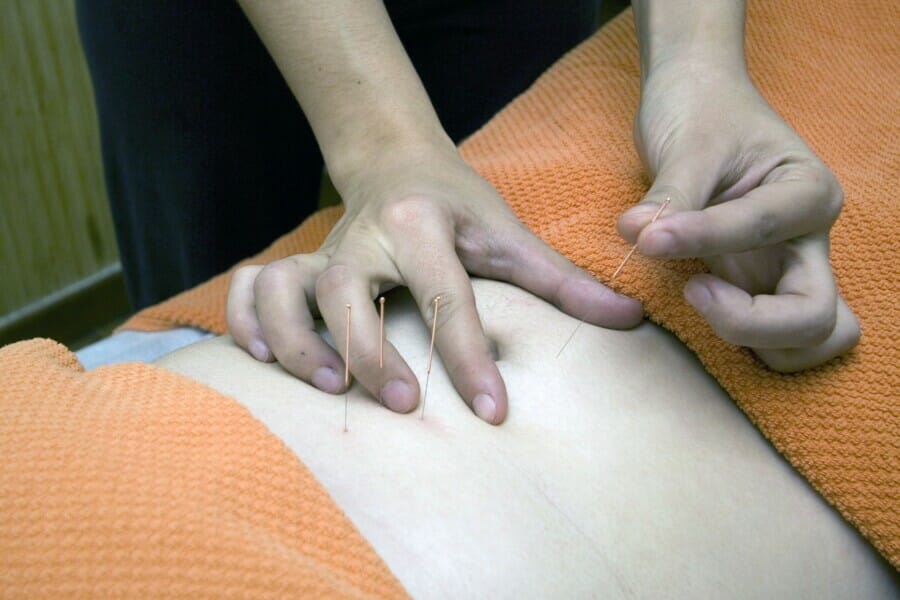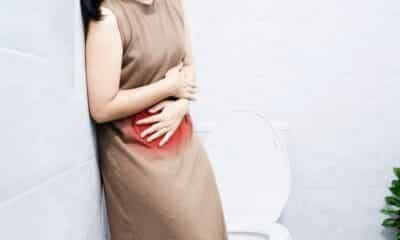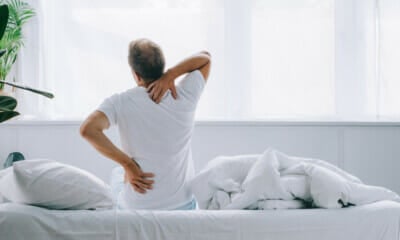A Simple Explanation of How Acupuncture Works
Acupuncture is a traditional Chinese healing method where thin needles are inserted into specific points on the body to treat various health problems. The selection of points, depth of needles, and pressure applied are tailored to address individual health issues.
Many individuals have found relief from conditions like anxiety, depression, and allergies through acupuncture and swear by its effectiveness.
If you’re curious about this ancient healing practice, you’re in the right place. Here is a detailed guide to help you understand acupuncture and its benefits.
Understanding Acupuncture
Acupuncture, rooted in Chinese medicine, involves stimulating targeted skin points with needles to address different ailments.
Although acupuncture is minimally invasive and considered safe, its scientific explanation is still under debate. While some believe it balances vital energies, others think it affects the nervous system. The medical community remains cautious about its efficacy.
How Acupuncture Is Administered
Acupuncture should only be done by trained professionals like Morningside Acupuncture, who specialize in various techniques like dry needling and Chinese herbal medicine. Factors like correct execution, licensed practitioners, specific ailment treatments, and combining treatments with Chinese herbs influence its effectiveness.
Mechanism of Acupuncture
According to traditional Chinese medicine, the balance between “yin” and “yang” forces in the body influences our health. The flow of life force, known as “qi” or “chi,” through 350 acupuncture points aims to restore this balance and promote well-being.
Notably, these claims lack scientific backing.

The Acupuncture Process
During an acupuncture session, the practitioner assesses your condition and recommends a treatment plan that may involve multiple sessions over weeks. The process entails inserting sterile needles, offering combined treatments if necessary, and leaving the needles in for a few minutes.
Patients may experience sensations such as tingling or slight discomfort during needle insertion but generally find the process painless.
What Happens During Treatment
The procedure involves three steps: inserting needles at specific points, adjusting their position or applying heat/electrical pulses, and eventually removing the needles.
Patients may feel relaxation or increased energy post-treatment.
Benefits of Acupuncture
Studies suggest acupuncture’s efficacy in managing conditions like postoperative pain, nausea, and vomiting. Further research is needed to explore its potential in aiding various medical issues such as chronic pain, asthma, and drug addiction.
Final Thoughts
Acupuncture, a centuries-old alternative therapy, holds cultural significance in Chinese heritage. While its mechanisms may lack scientific validation, acupuncture continues to be a popular holistic treatment option for different ailments.
This overview aims to shed light on how acupuncture works and its potential in addressing diverse health concerns.
















